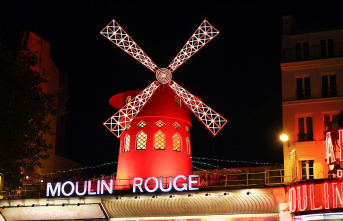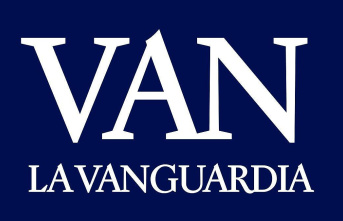How should the results of the French elections be read? How is it that Le Pen won more than 40% of the vote in the second round and traditional parties have virtually disappeared? From a historical perspective, we are seeing the result of the paradigm shift that meant going from "glorious thirty" to "ominous forty."
Indeed, the remote origins of far-right growth processes lie in the conservative revolution of the 1980s. The most important ally of neoliberal positions has been the Laffer curve, despite its theoretical and empirical poverty. Until the crisis of 2008, the new paradigm developed thanks to growing debt, private (growth on credit) and public (welfare state on credit). The sum of both showed its unfeasibility in the aforementioned crisis and led to a severe correction in Europe.
Since then, the prevailing mental schema has been definitively broken, the idea of linear progress has been abandoned, and there has been a growing and unsatisfied demand for protection from the state itself and from Europe itself. This demand, for historical reasons, is particularly relevant in France. When the system does not protect, the classical parties lose legitimacy and populism increases, especially the far right. The risk of poverty, inequality and economic and social polarization has increased in recent decades; social mobility is no longer upward; it has increased the gap between expectations and realities and, consequently, also discomfort and resentment.
The “refoundation of capitalism” (Sarkozy, 2008) is still pending. Each new crisis increases inequality and polarization: the 2008 crisis, the pandemic, the war in Ukraine (for example, food inflation punishes the working class more severely).
The data from the first round of the French elections can be read taking into account the previous reflections. More Socialist Conservatives are down 20 points from 2017, while Macron is up four and Le Pen is up two. If we add Zemmour, the far right is over 30% of the vote for the first time.
Those who feel excluded are losing confidence in traditional political mediators and taking refuge in unprovable promises. In his eyes, it is incomprehensible that a rich country, with a steadily rising GDP, cannot treat all its citizens fairly.
There is a second element that overlaps with discomfort to explain the rise of the far right: the persistent use of immigration, often with obvious falsehoods, to instill fear and hatred. It is well known that xenophobia, the instinctive rejection of the outsider, of the different, is a universal atavism, of which millennial references can be found. The far right, everywhere, is exploiting this atavism, even at the expense of the gratuitous suffering of all, both immigrants and lifelong citizens, especially the most vulnerable.
In short, if a growing number of people feel that the social contract has been broken unilaterally by the public authorities and, moreover, feel threatened by the new immigrant neighbors ..., the far right will continue to move forward. In this sense, it will be very interesting to see what happens in France in 2027, when Macron will not be able to show up and we are once again playing the future of the European project, our last bastion.
4












